鳴瀧窯
16cm plate
16cm plate
Supplementary product information
Supplementary product information
Production area: Okayama Prefecture
Size:
・(Height) 25mm
・(Diameter) 160mm
Material: Pottery
Electronic appliances: Not dishwasher safe / Microwave △ (Light warming is possible)
【Before Use】
As this is made from natural clay, the surface has fine irregularities where oil and moisture can easily penetrate.
To prevent this as much as possible, we recommend soaking in water for about 30 minutes before use if possible. Please note that cups and similar items will inevitably develop color staining from coffee and other beverages.
【After Use】
Dish detergent may be used, but please wash as soon as possible. After washing, we recommend allowing to air dry naturally before storing.
【About Color Staining】
Coffee, tea, and other strongly pigmented substances will gradually cause staining on the pottery. For stubborn stains, please try oxygen-based bleach. Also, please do not use boiling water when using this product. Bizen pottery is vulnerable to sudden temperature changes.
Couldn't load pickup availability
This 16cm diameter size is perfect for use as a serving plate at your daily dining table. Since they are stackable, they are convenient to have in any quantity as serving plates for dining tables with many people, such as when entertaining guests. We also recommend them for those who are about to start living alone or those who are new to Bizen pottery.
※The firing effects of Bizen pottery vary greatly depending on the kiln temperature, conditions, and type of clay, and these can also differ significantly depending on the placement within the kiln during firing. No two pieces have identical firing effects. The images shown are examples of firing effects, so please understand that the color and patterns will not be exactly the same.
Also, the color of the vessel may change with use. Please appreciate this as a unique characteristic of Bizen pottery.
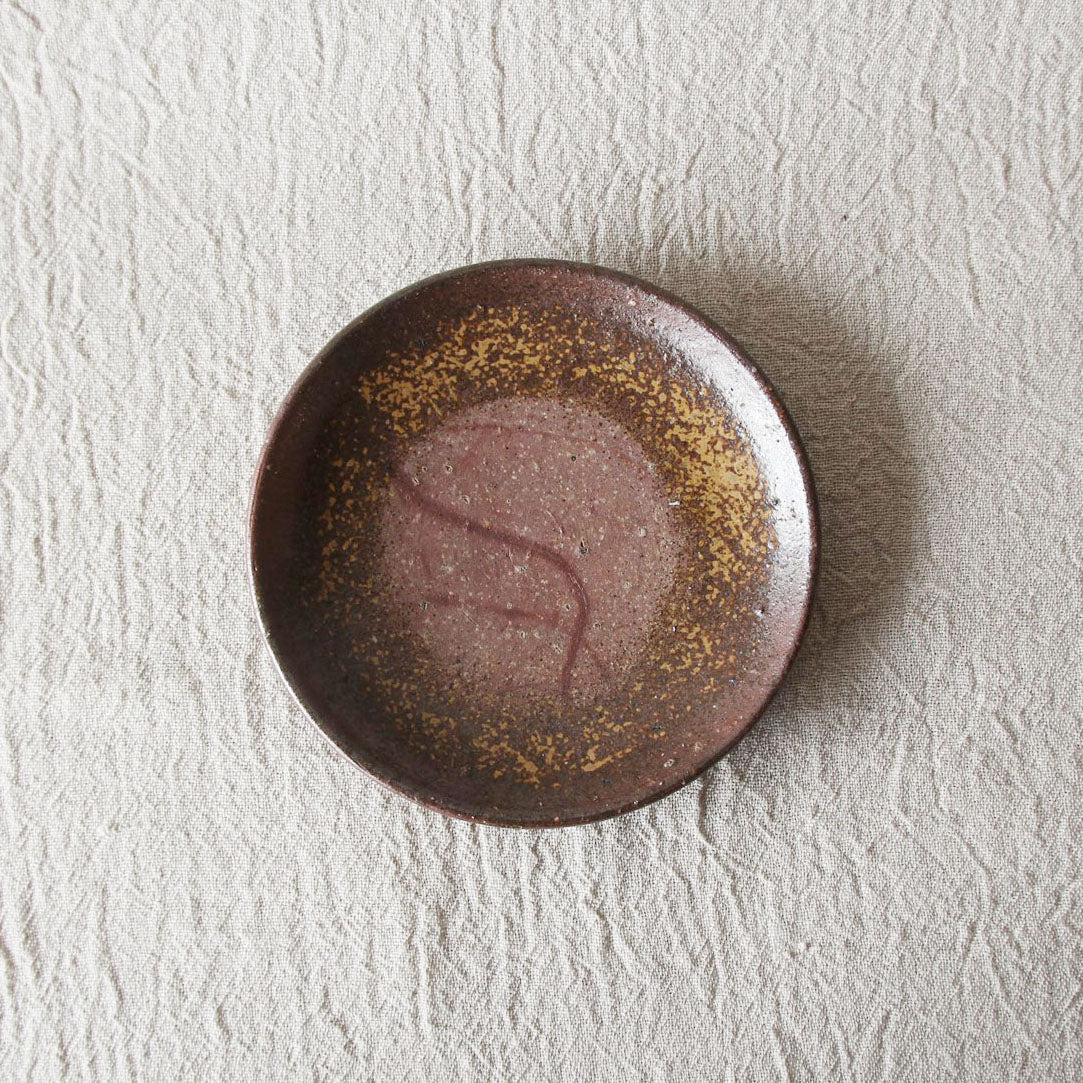
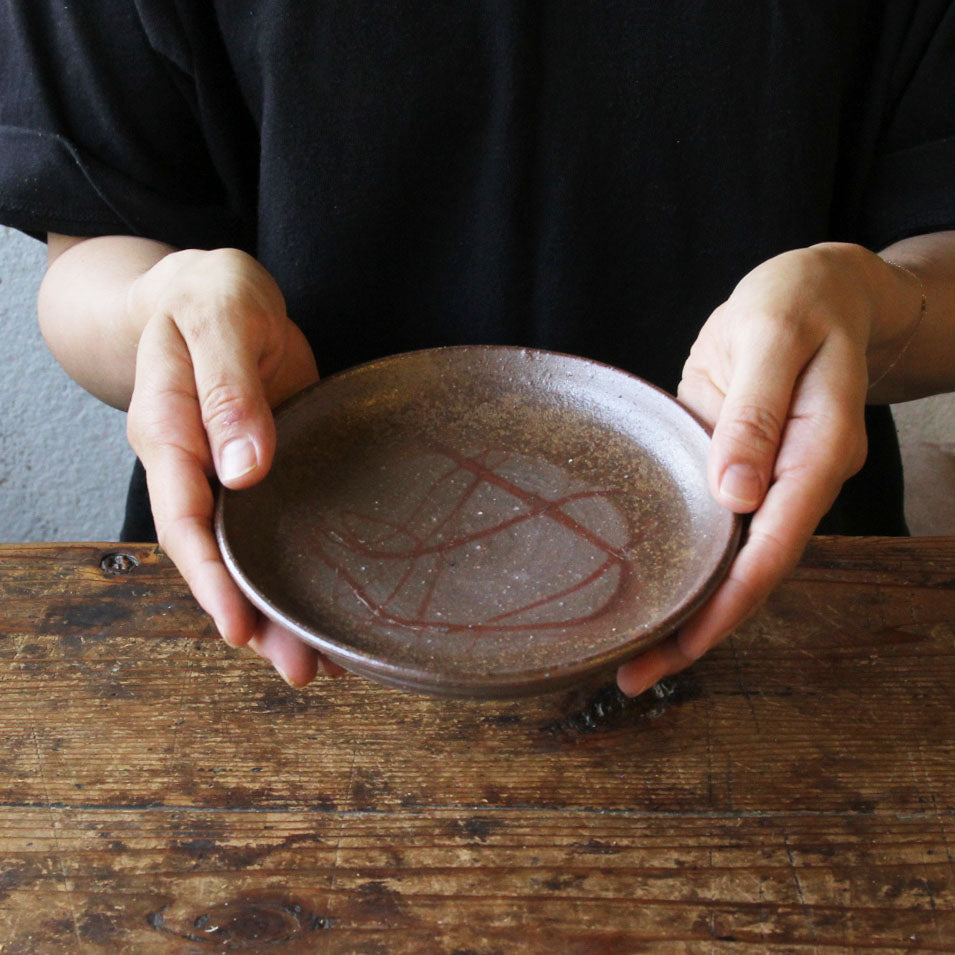
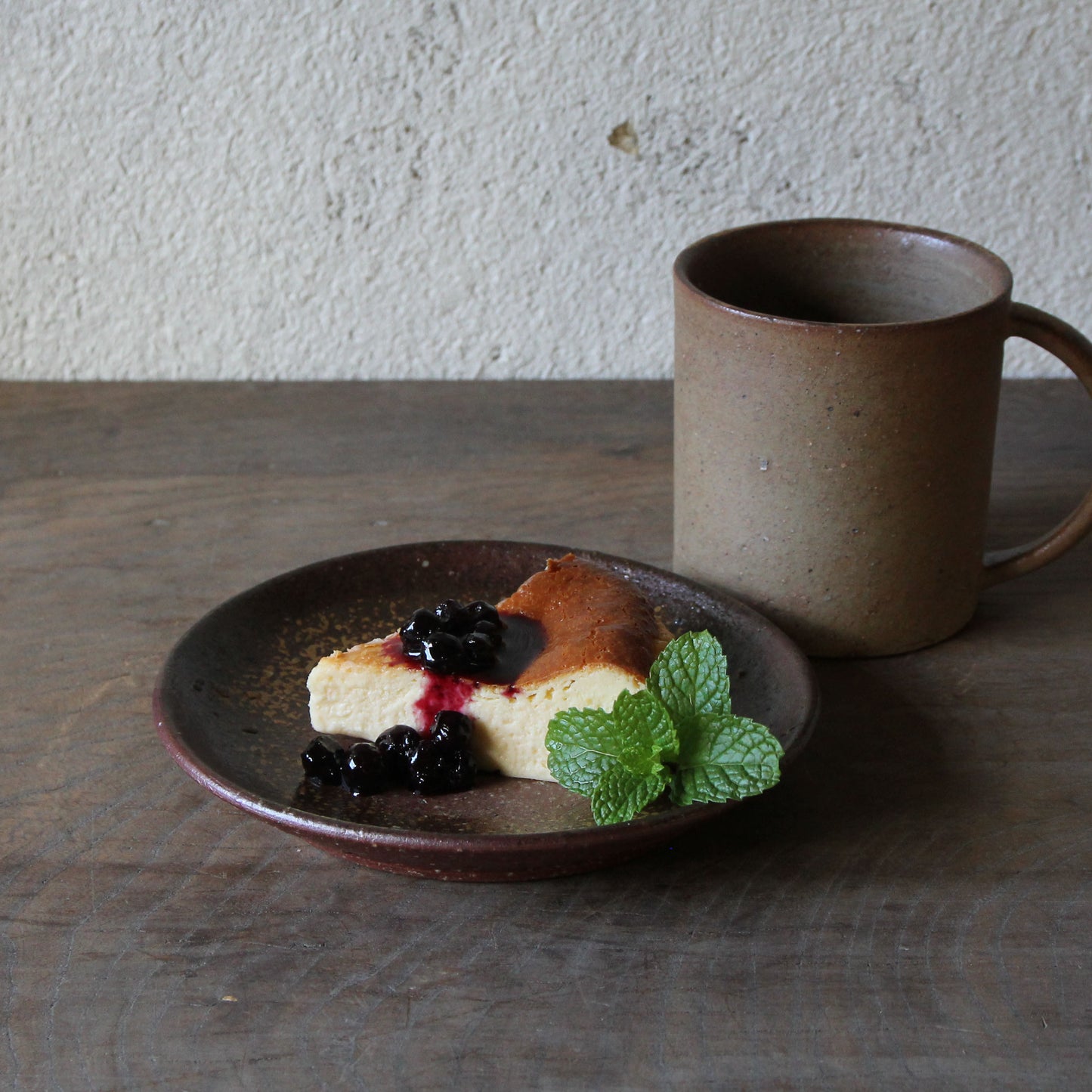
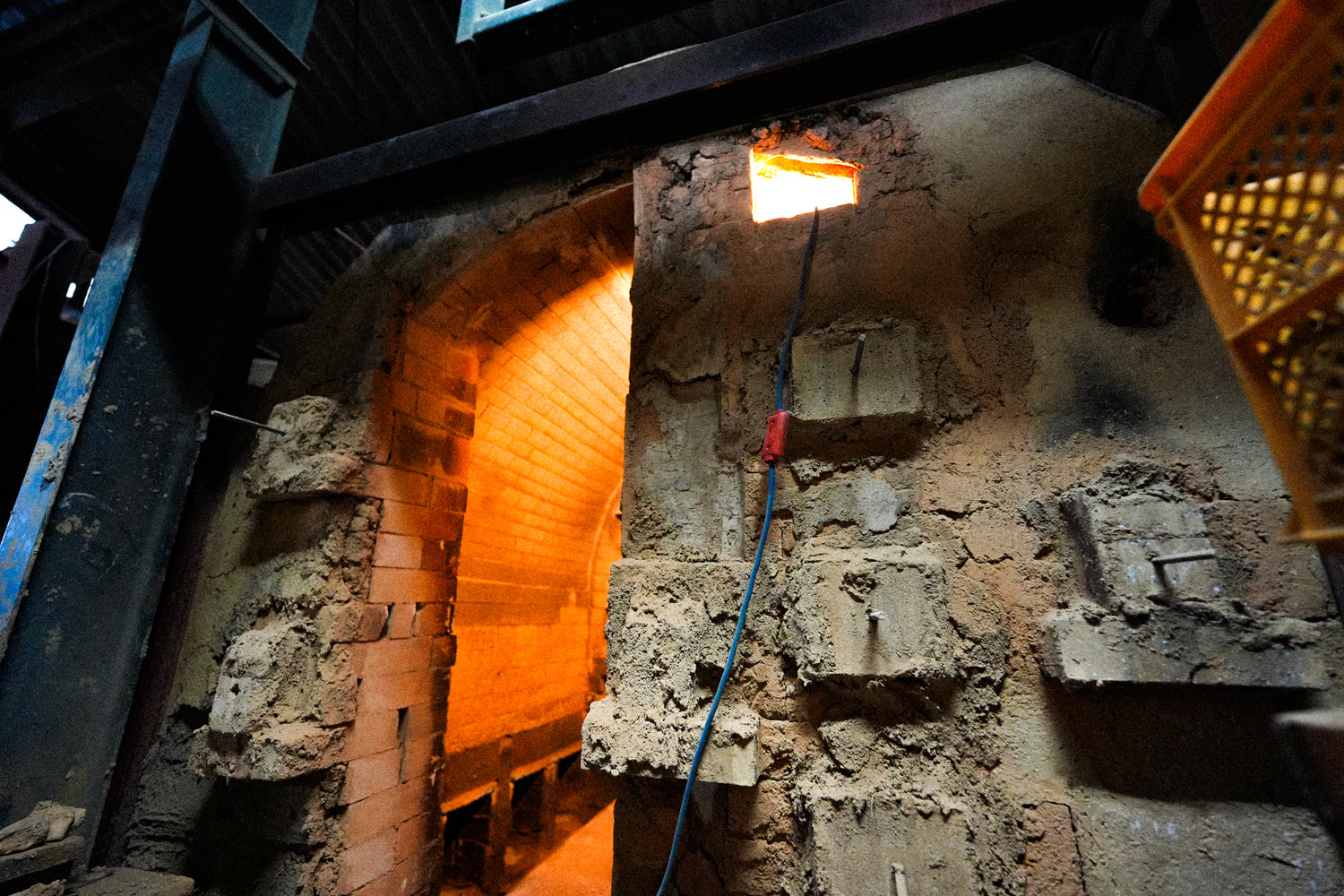
The History of Bizen Pottery
Bizen-yaki is said to have originated from the gradual development of Sue-ki pottery-making techniques from the Kofun period, with the production of everyday items such as bowls, plates, and roof tiles beginning in the Heian period. During the Kamakura period, pottery with the characteristic reddish-brown fired surface that we see today began to be produced.
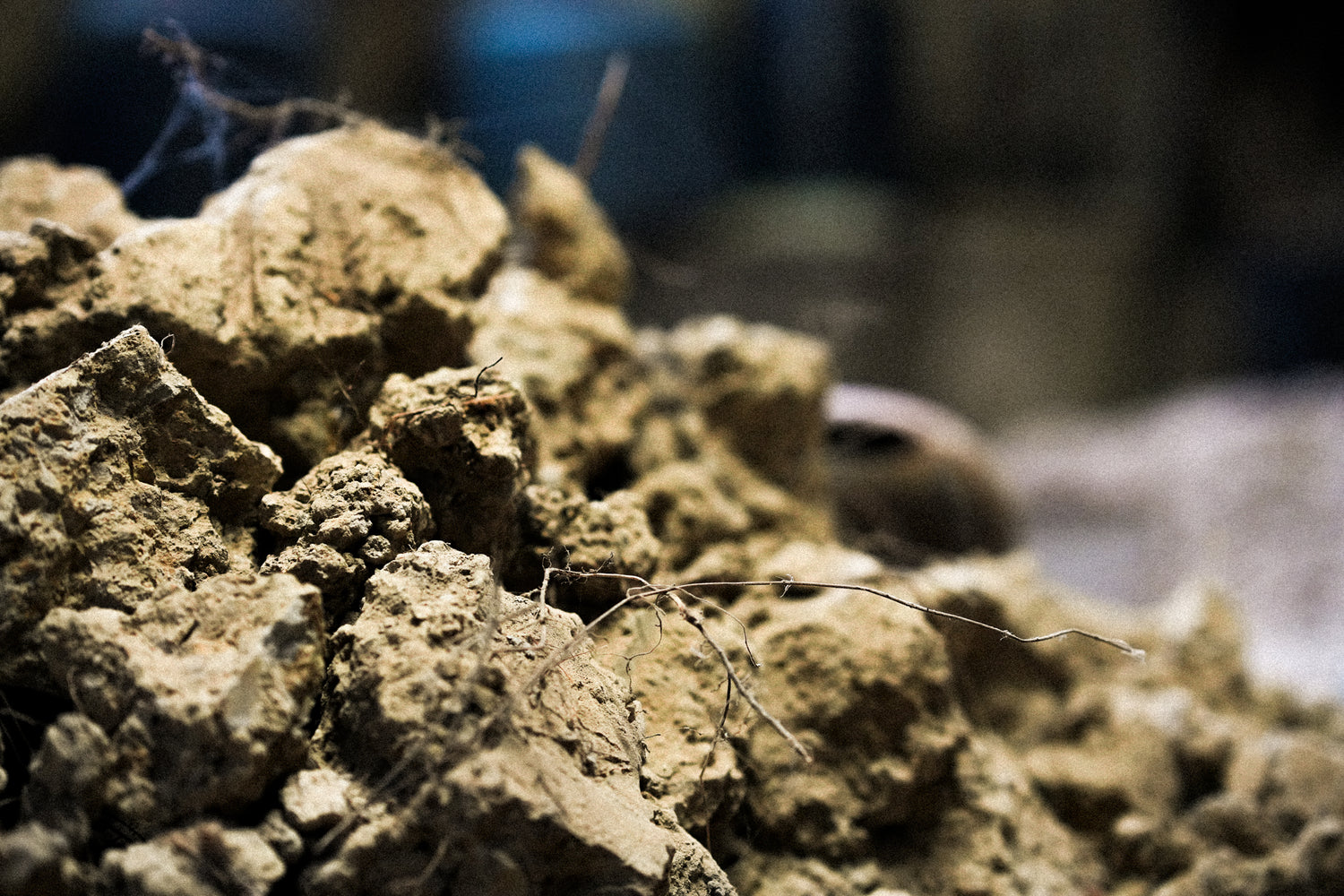
Characteristics of Bizen ware
We use "hiyose," which is soil dug up from rice fields, mixed with mountain soil and black soil containing iron content. Without using glaze, the pieces are fired at high temperatures of 1200-1300 degrees to create a distinctively hard, tea-brown surface. The patterns created through "kihen" (natural fire effects) are all unique, with no two pieces being identical.
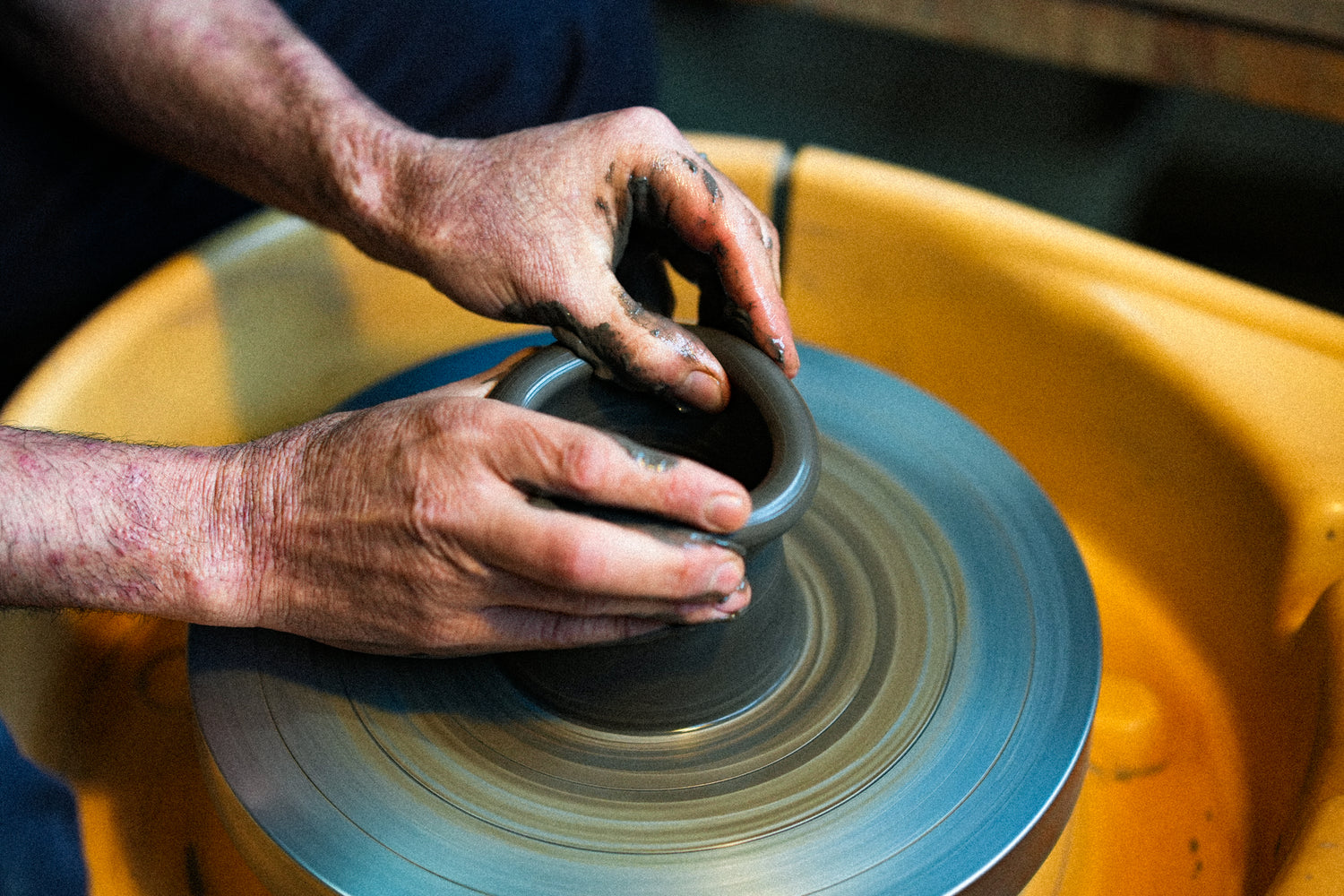
Bizen ware manufacturing process
In Bizen pottery, where clay becomes vessels in its natural state, the selection and preparation of clay is crucial, and the clay's character reflects the individuality of each kiln or artisan. After shaping on a potter's wheel or by hand, the pieces are naturally dried and then fired in climbing kilns or electric kilns. The firing of Bizen pottery is typically done using split red pine wood.
Bizen ware
Bizen pottery is produced in and around Bizen City, Okayama Prefecture. Along with Seto, Tokoname, Tamba, Shigaraki, and Echizen, it is counted as one of Japan's six representative ancient kilns. Bizen pottery is formed from high-quality clay, dried, and then fired without painting or glazing, which brings out the natural character of the clay. The firing creates distinctive patterns such as goma, sangiri, and hidasuki, which result from the way pieces are arranged in the kiln and the components of ash and straw that adhere during firing, ensuring that no two pieces have identical patterns.





